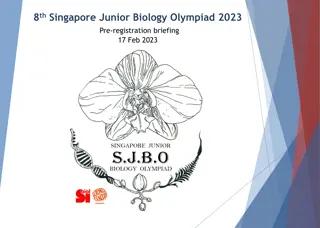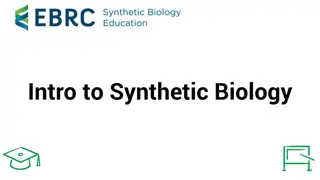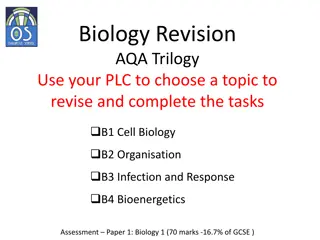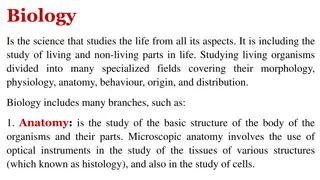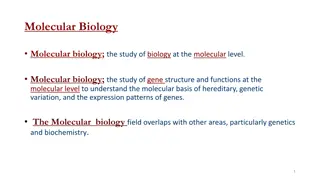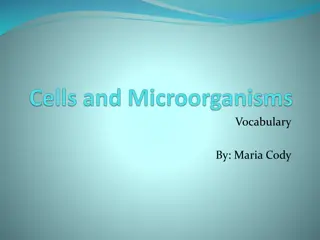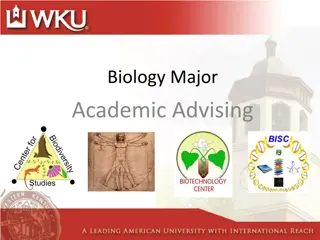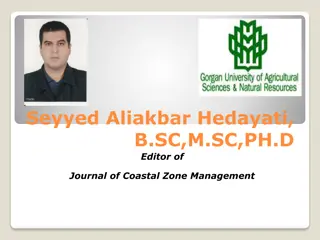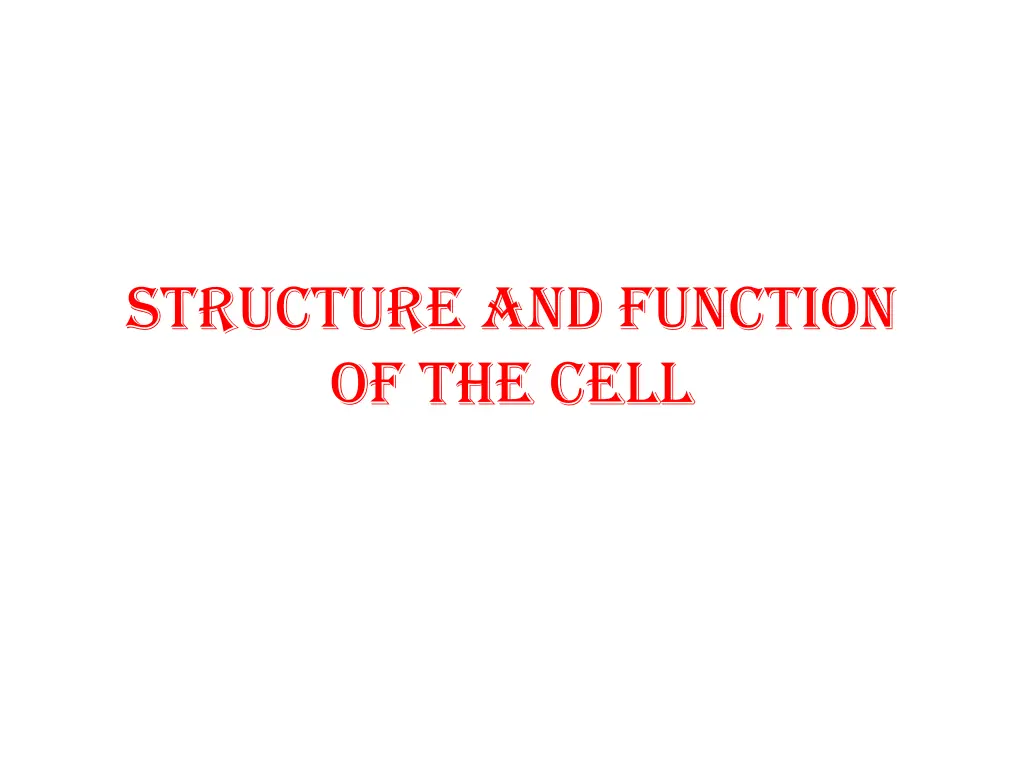
Cell Structure and Function: Lysosomes, Cilia, Cytoskeleton, Centriole
Explore the structure and function of key cell components including lysosomes for digestion, cilia and flagellae for movement, cytoskeleton for cell shape maintenance, and centriole for cell division. Learn how smoking affects cilia function and its impact on respiratory health.
Download Presentation

Please find below an Image/Link to download the presentation.
The content on the website is provided AS IS for your information and personal use only. It may not be sold, licensed, or shared on other websites without obtaining consent from the author. If you encounter any issues during the download, it is possible that the publisher has removed the file from their server.
You are allowed to download the files provided on this website for personal or commercial use, subject to the condition that they are used lawfully. All files are the property of their respective owners.
The content on the website is provided AS IS for your information and personal use only. It may not be sold, licensed, or shared on other websites without obtaining consent from the author.
E N D
Presentation Transcript
STRUCTURE AND FUNCTION OF THE CELL
V- Lysosomes 1. Lysosomes are small spherical organelles that enclose hydrolytic enzymes membrane. 2. Lysosomes are the site of protein digestion thus allowing enzymes to be re-cycled when they are no longer required. They are also the site of food digestion in the cell, and of bacterial digestion in phagocytes. 3. Lysosomes are formed from pieces of the Golgi apparatus. 4. Lysosomes are common in the cells of Animals, Protoctista and even Fungi, but rare in plants. within a single
VI- Cilia and Flagellae 1. Cilia and Flagellae are structures that project from the cell, where they assist in movement. 2. Cilia (sing. cilium) are short, and numerous and hair-like. 3. Flagellae (sing. flagellum) are much longer, fewer, and are whip-like. 4. Protoctista commonly use cilia and flagellae to move through water. 5. Sperm use flagellae (many, all fused together) to swim to the egg. 6. Cilia line our trachea and bronchi, moving dust particles and bacteria away from the lungs.
Smoking Is Bad for Your Cilia The cilia on the epithelial cells that line our airways move a belt of mucus that carries trapped particles and microorganisms away from the lungs. These cilia are paralyzed by cigarette smoke. As a consequence, smokers mucociliary clearance with the result that they have to cough to expel the mucus that continuously accumulates in their lungs. Because of this impaired ciliary function, smokers are much more susceptible to respiratory diseases such as emphysema and asthma. The cilia of passive smokers, people who breathe smoky air, are also affected. have severely reduced
VII- Cytoskeleton 1. Just as your body depends on your skeleton to maintain its shape and size, so a cell needs structures to maintain its shape and size. 2. In animal cells, which have no cell wall, an internal framework called the cytoskeleton maintains the shape of the cell, and helps the cell to move. 3. The cytoskeleton consists of two structures: a) microfilaments (contractile). They are made of actin, and are common in motile cells. b) microtubules (rigid, hollow tubes made of tubulin). 4. Microtubules have three functions: a. To maintain the shape of the cell. b. To serve as tracks for organelles to move along within the cell. c. They form the centriole.
VIII- Centriole 1. This consists of two bundles of microtubules at right- angles to each other. 2. Each bundle contains 9 tubes in a very characteristic arrangement. 3. At the start of mitosis and meiosis, the centriole divides, and one half moves to each end of the cell, forming the spindle. 4. The spindle fibres are later shortened to pull the chromosomes apart.
Plant cell structures Plant cells have three additional structures not found in animal cells: Cellulose cell walls Chloroplasts (and other plastids) A central vacuole. I- CELLULOSE CELL WALL 1. One of the most important features of all plants is presence of a cellulose cell wall. 2. Fungi such as Mushrooms and Yeast also have cell walls, but these are made of chitin. 3. The cell wall is freely permeable (porous), and so has no direct effect on the movement of molecules into or out of the cell. 4. The rigidity of their cell walls helps both to support and protect the plant.
II- VACUOLES 1. The most prominent structure in plant cells is the large vacuole. 2. The vacuole is a large membrane-bound sac that fills up much of most plant cells. 3. The vacuole serves as a storage area, and may contain stored organic molecules as well as inorganic ions. 4. The vacuole is also used to store waste. Since plants have no kidney, they convert waste to an insoluble form and then store it in their vacuole - until autumn! 5. The vacuoles of some plants contain poisons (eg tannins) that discourage animals from eating their tissues. 6. Whilst the cells of other organisms may also contain vacuoles, they are much smaller and are usually involved in food digestion.
III- CHLOROPLASTS (and other plastids) 1. A characteristic feature of plant cells is the presence of plastids that make or store food. 2. The most common of these (some leaf cells only!) are chloroplasts the site of photosynthesis. 3. Each chloroplast encloses a system of flattened, membranous sacs called thylakoids, which contain chlorophyll. 4. The thylakoids are arranged in stacks called grana. 5. The space between the grana is filled with cytoplasm- like stroma. 6. Chloroplasts contain ccc DNA and 70S ribosomes and are semi-autonomous organelles. 7. Other plastids store reddish-orange pigments that colour petals, fruits, and some leaves.
CELL CYCLE All multicellular organisms use cell division for growth and the maintenance and repair of cells and tissues. Single-celled organisms use cell division as their method of reproduction. Somatic cells divide regularly; all human cells (except for the cells that produce eggs and sperm) are somatic cells. Somatic cells contain two copies of each of their chromosomes (one copy from each parent). The cell cycle has two major phases: interphase and the mitotic phase. During interphase, the cell grows and DNA is replicated; during the mitotic phase, the replicated DNA and cytoplasmic contents are separated and the cell divides.
Key Terms somatic cell: any normal body cell of an organism that is not involved in reproduction; a cell that is not on the germline interphase: the stage in the life cycle of a cell where the cell grows and DNA is replicated mitotic phase: replicated DNA and the cytoplasmic material are divided into two identical cells
G1Phase (First Gap) The first stage of interphase is called the G1phase (first gap) because, from a microscopic aspect, little change is visible. However, during the G1stage, the cell is quite active at the biochemical level. The cell grows and accumulates the building blocks of chromosomal DNA and the associated proteins as well as sufficient energy reserves to complete the task of replicating each chromosome in the nucleus.
S Phase (Synthesis of DNA) The synthesis phase of interphase takes the longest because of the complexity of the genetic material being duplicated. Throughout interphase, nuclear DNA remains in a semi- condensed chromatin configuration. In the S phase, DNA replication results in the formation of identical pairs of DNA molecules, sister chromatids, that are firmly attached to the centromeric region.
G2Phase (Second Gap) In the G2phase, the cell replenishes its energy stores and synthesizes proteins necessary for chromosome manipulation. There may be additional cell growth during G2. The final preparations for the mitotic phase must be completed before the cell is able to enter the first stage of mitosis. The Mitotic Phase and the G0 Phase During the multistep mitotic phase, the cell nucleus divides, and the cell components split into two identical daughter cells.
CANCER & CELL CYCLE Proto- oncogenes positively regulate the cell cycle. Mutations may cause proto-oncogenes to become oncogenes, disrupting normal cell division and causing cancers to form. Some mutations prevent the cell from reproducing, which keeps the mutations from being passed on. If a mutated cell is able to reproduce because the cell division regulators are damaged, then the mutation will be passed on, possibly accumulating more mutations with successive divisions.
Key Terms proto-oncogene: a gene that promotes the specialization and division of normal cells that becomes an oncogene following mutation mutation: any heritable change of the base- pair sequence of genetic material oncogene: any gene that contributes to the conversion of a normal cell into a cancerous cell when mutated or expressed at high levels


